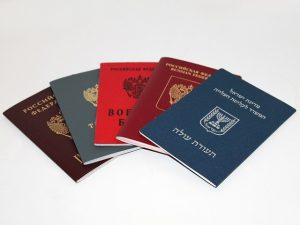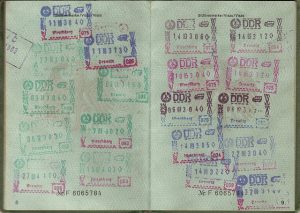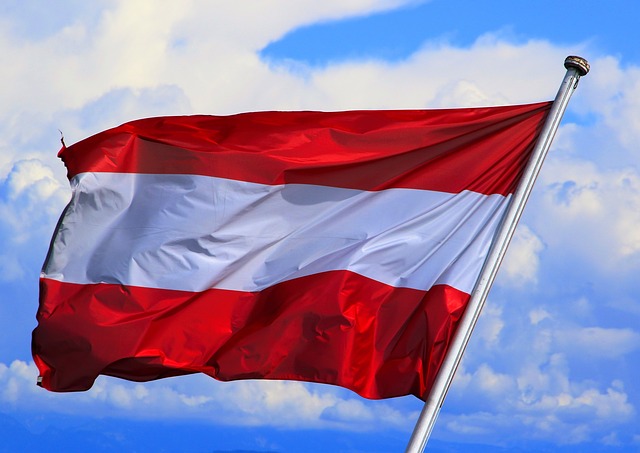For all Non-EU citizens who would like to come to Austria, there are different kinds of possible work and residence permits. For highly qualified persons, two options are especially interesting if an immigration to Austria is desired: The Red-White-Red Card and the Blue Card EU.
What is the difference between the Red-White-Red Card and the Blue Card EU?
 For the Red-White-Red Card, a point system is in place where applicants have to achieve a certain number. Points are given for example for the qualification/ the studies, knowledge of the German or English language, work experience and the age.
For the Red-White-Red Card, a point system is in place where applicants have to achieve a certain number. Points are given for example for the qualification/ the studies, knowledge of the German or English language, work experience and the age.
The other option is the Blue Card. Mainly two points are decisive to find out if a person is qualified for one. The applicant has to prove that he has studied for at least three years at a credited University and the monthly salary has to be at least 1,5 times the amount of the average gross income in Austria.
Currently the salary has to be at least 4.353,00 € per month. (see: http://www.migration.gv.at/de/formen-der-zuwanderung/dauerhafte-zuwanderung-rot-weiss-rot-karte/blaue-karte-eu.html ). The required amount has been raised for 2018, in 2017 only 4.266,00 € per month were required but the amount is always adapted to the average income in Austria.
Change of requirements for the Blue Card EU:
 There are certain general requirements that had to be fulfilled for both residence permits. One of them has been the confirmation of a suitable apartment in Austria for at least three months. There has been a change to this rule recently: The confirmation of an apartment is now only required for applications for a Red-White-Red Card. No such confirmation will be necessary for the application of the Blue Card EU.
There are certain general requirements that had to be fulfilled for both residence permits. One of them has been the confirmation of a suitable apartment in Austria for at least three months. There has been a change to this rule recently: The confirmation of an apartment is now only required for applications for a Red-White-Red Card. No such confirmation will be necessary for the application of the Blue Card EU.
As it is not easy to find something suitable and affordable for three months from abroad, this simplifies the application process for the Blue Card a lot. The card can however only be picked up at the authority after the applicant is registered in Austria – latest at this point also the applicants for a Blue Card therefore need to have a suitable accommodation. The good thing is that no specific time frame is necessary and in total, the applicants have more time for the search. Still the booking process can be simplified by a relocation specialist such as Start- Up Services because we obtain experience regarding the area. We can help you to find the perfect accomodation and help to save time and money.
Changes regarding the entry Visa: from now on, a D-Visa is necessary
Furthermore, there have been changes regarding the entry Visa:
Once a residence permit has been granted by the Austrian authorities and the applicant needs a Visa to enter Austria, the responsible Embassy will be informed immediately. The Embassy then contacts the applicant directly and gives information about the required documents for a national D-Visa.
This special D-Visa allows the applicant a one-time entry to Austria und serves specifically the purpose to collect the residence permit. As soon as the applicant has the residence permit in hand, the Visa is no longer required.
A lot of applicants already have a valid Schengen-Visa which would allow them to come to Austria. It is no longer possible however to collect the residence permit with it. In order to pick up the residence permit, the national D-Visa is required. This means that despite the fact that they still have a valid Visa, also Schengen-Visa holders have to apply for a national D-Visa as only this special Visa allows them to collect the residence permit.
As the Embassy will be notified about the positive decision for the residence permit directly from the authority in Austria, the Visa application process is usually very smooth and without problems.  Depending on the Embassy, the Visa application process can however take 2-4 weeks. This should be kept in mind while arranging the travel to Austria.
Depending on the Embassy, the Visa application process can however take 2-4 weeks. This should be kept in mind while arranging the travel to Austria.
If you need help with your immigration to Austria, do not hesitate to contact us.

